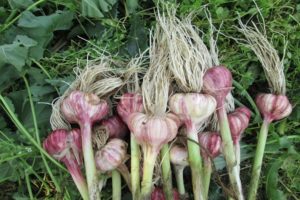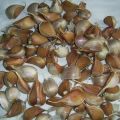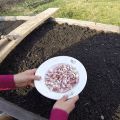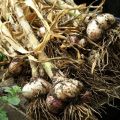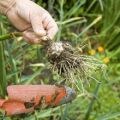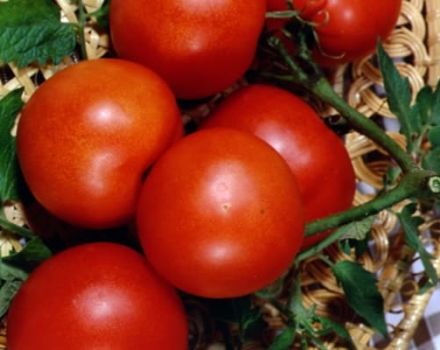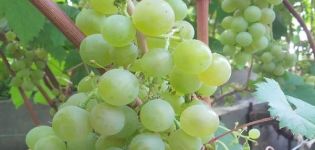What and how to feed garlic in July to grow large?
It is useful for every gardener to know how to feed garlic in July, when it is already at the stage of head formation. It is a healthy vegetable that requires little maintenance. But it's important to remember to fertilize in spring and summer. Fertile soil will produce a much better crop. The vegetable heads will be larger and juicier. How to feed garlic to justify the hopes of gardeners for a bountiful harvest?
About the growth of this culture
Garlic is planted in late fall or early spring. It all depends on the variety and on the conditions. Feeding garlic in spring is different from feeding in summer. Gardeners do whatever it takes to provide this crop with beneficial fertilizers for growth. After all, it depends on what the head will taste and aroma.
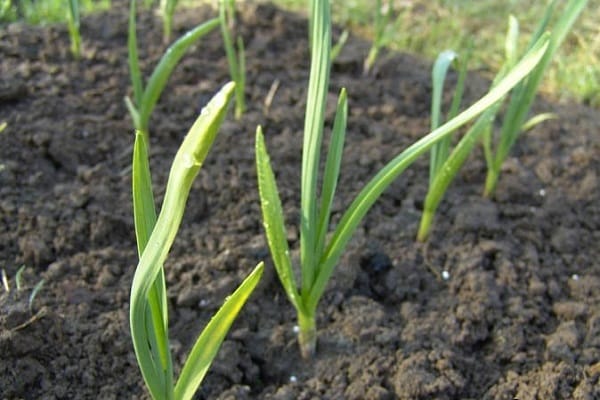
It's easy to grow this vegetable, you just have to find out how to feed it correctly, what fertilizers it prefers. The varieties and the season when vegetables are planted do not affect the quality of the crop. Spring and winter varieties differ only in shape, in the strength of the heads and in the presence of a core. Also spring garlic does not shoot a garlic arrow, does not give seeds. It is important that in the summer months, both species need high-quality feeding.
The last fertilization is done no later than mid-July, when the bulb is actively growing, so that it is poured and large.
Besides fertilization, there are many nuances in growing these crops. For example, for garlic, it is important that they are grown on the sunny side, since garlic is mainly planted in the open field. It is necessary that they are well watered, arrows cut off in time, and the earth loosened.
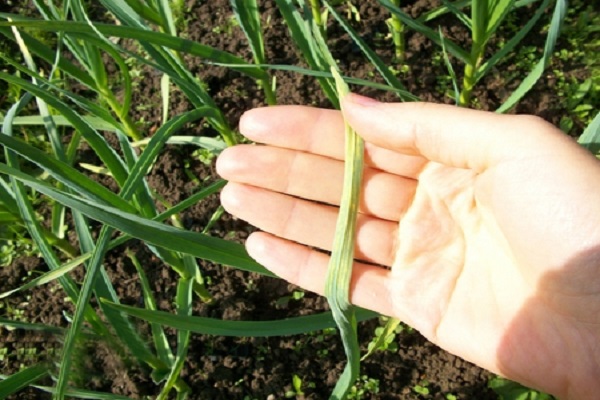
Minerals for Garlic
During the growth period, garlic has several stages of development. For growth, the vegetable periodically needs mineral and organic fertilizers. In July, the last dressing is applied to form the bulb, so that the garlic grows large. Sometimes this period begins in August. For this stage, the vegetable needs certain mineral elements.
You need to feed with the best fertilizers. Garlic needs potassium minerals and salts once a month. They increase yields, are responsible for immunity and disease resistance.

Phosphorus is also required. Superphosphate is responsible for the proper development of plants. To feed the garlic correctly, you need to dilute fifty grams of the substance in a bucket of water. Water at the root. One square meter takes about 3-4 liters. It is a very good fruit growth stimulant.
The vegetable also loves when nitrogen fertilizers are added to the soil. These are urea, saltpeter, ammonium sulfate. They promote the growth of greenery and increase resistance to infections. But they are mainly added to the top dressing before the last one.These substances are poured under the root in a dry form or dissolved in water.
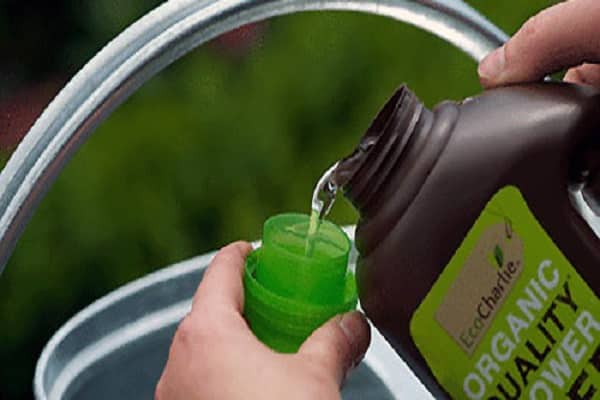
Nitrophoska, diammofoska have a beneficial effect. Thanks to them, the plant becomes stronger and more resilient. These complex mineral fertilizers allow you to provide adequate nutrition to the culture. They contain phosphorus, potassium, nitrogen.
Properly nourished plants always produce a great harvest of tasty, healthy vegetables.

Organic feeding
The best chemical fertilizers are always natural. Organic matter contains iron, phosphorus, calcium, magnesium, and beneficial bacteria. That is why they are so necessary for garlic during the entire growth period.
The use of chicken manure is very helpful. But you need to know how much to add. The main thing is not to overdo it in feeding, not to make mistakes, otherwise the crop will die. Observe all proportions indicated on the packaging. Do not water directly on plants or foliage, only between rows or at the root.

Ash is also added. It contains a lot of potassium, magnesium and phosphorus. You can water the seedlings with ash diluted in water or sprinkle dry ash directly on the ground. Dilute the substance in water one hundred grams per bucket of water. Fertilizer should not be cold.
Mullein has the same effect as ash. But it should be infused for about a week, then poured into the rows near the garlic.
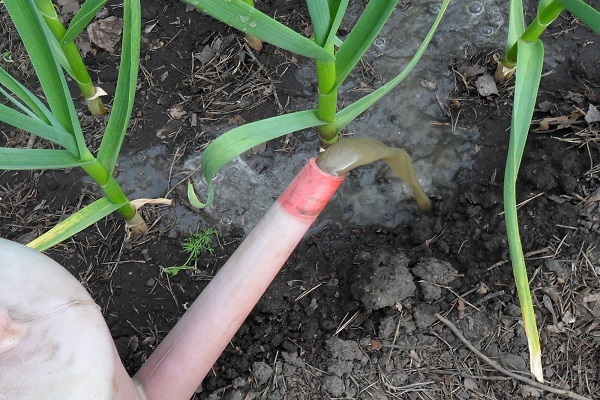
Manure has a very beneficial effect on the growth of this vegetable. It is bred in water. Water at the root using one small bucket per plant. Fertilization is carried out in dry weather in the evening. Manure can be fed during each growth period.
Compost is mixed organic matter that has decomposed over time. It is harvested in advance. It promotes healthy vegetable growth.
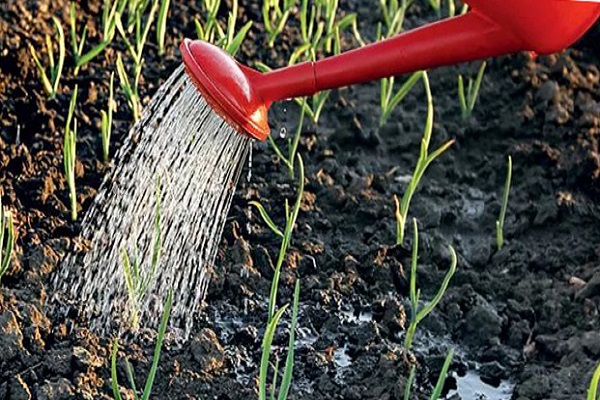
What plants are sprayed with?
For a good harvest, foliar feeding of garlic is also necessary. Experienced gardeners know that not only root dressing is used. This is very effective, since during spraying all nutrients fall on the leaves and stems. Thanks to this, these elements are quickly absorbed. The advantage of this method is that the consumption of the substance is much lower than with other methods. Concentrates dissolve in water.
You can spray the plant several times a season. This method must be combined with other methods of fertilizing, as it will never completely replace root dressing. It is necessary to spray during active growth of stems and bulbs. This falls in the middle of summer.

It is recommended to feed garlic in this way when the leaves and stems turn yellow. In such cases, medicines bought in specialized stores are added to the water and sprayed on the leaves.
For spraying against fungal diseases and rot, a fermented milk mixture, a soda solution is used. With soapy water, they scare away insects that prevent plants from blooming normally. The saline solution also helps to drive away pests.
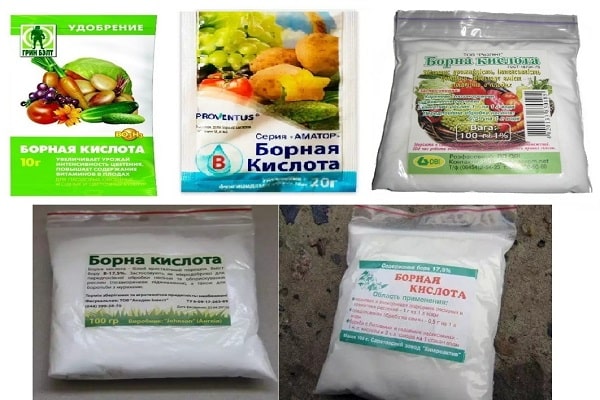
Boric acid is also suitable for processing leaves and in the last stage of bulbs. A solution of this pharmacy product can increase the yield and improve the taste of garlic.
Features of feeding spring garlic
Spring garlic, like winter garlic, needs constant fertilizing. Every gardener should know how to fertilize such garlic, which is planted in spring, so that it is large and healthy.
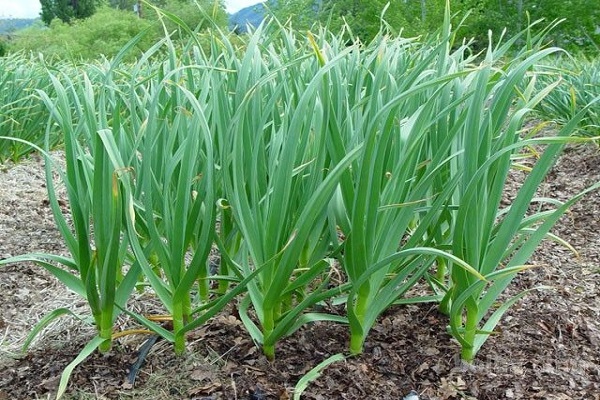
The very first time garlic is fertilized in the spring when it adapts after planting. The last feeding is best done in July, when the heads are poured. Then the superphosphate fertilizer is bought. Phosphate fertilizers accelerate the growth and development of garlic. About 60 grams of dry matter is diluted in a bucket of water. 5-6 liters of top dressing are applied per square meter.
It is not recommended to overdo it with nitrogen fertilizers and manure, otherwise it can harm the crop.The plant dies from excess fertilizer.
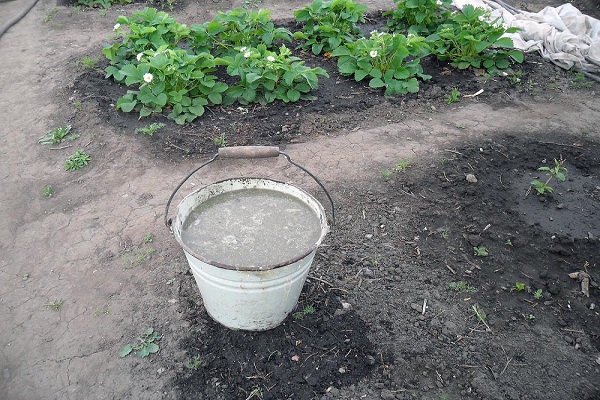
The ammonia will help drive away uninvited insects. If you water the soil with a solution of potassium permanganate, then it will be saturated and become more fertile. Also, with the help of it, disinfection occurs. Ash works well from organic fertilizers. It saturates the soil and protects against diseases.
Fertilizer for garlic is important to choose carefully. Top dressing is especially important in the middle of its development. If fertilized correctly, the result will be a rich harvest of healthy vegetables.

